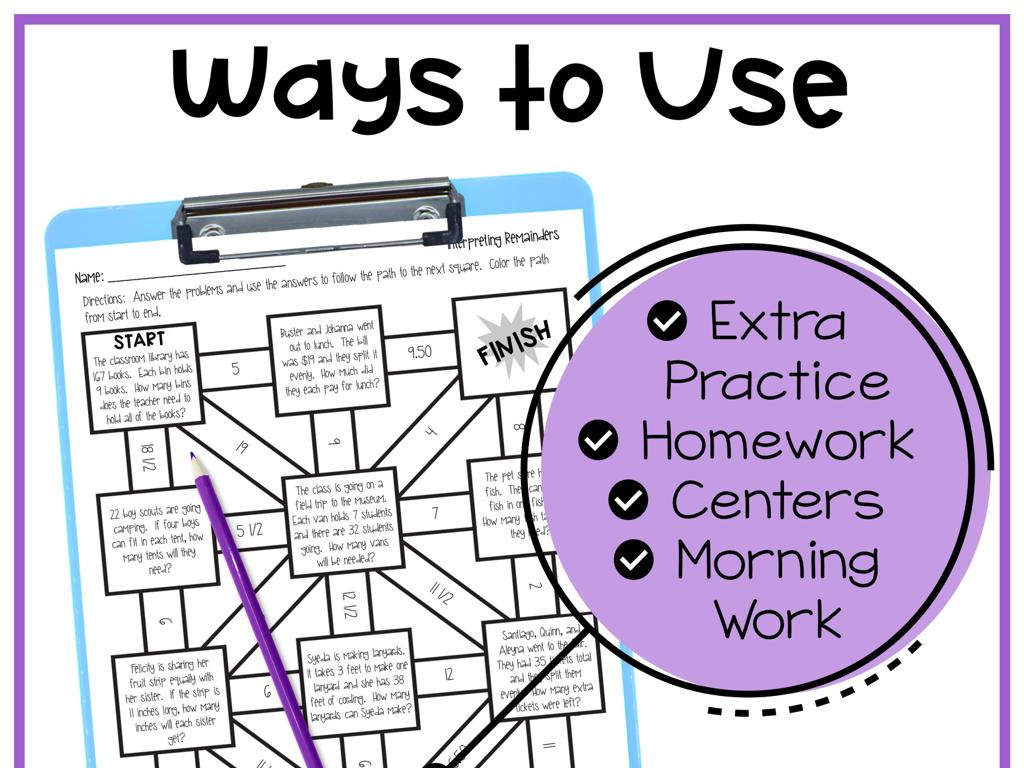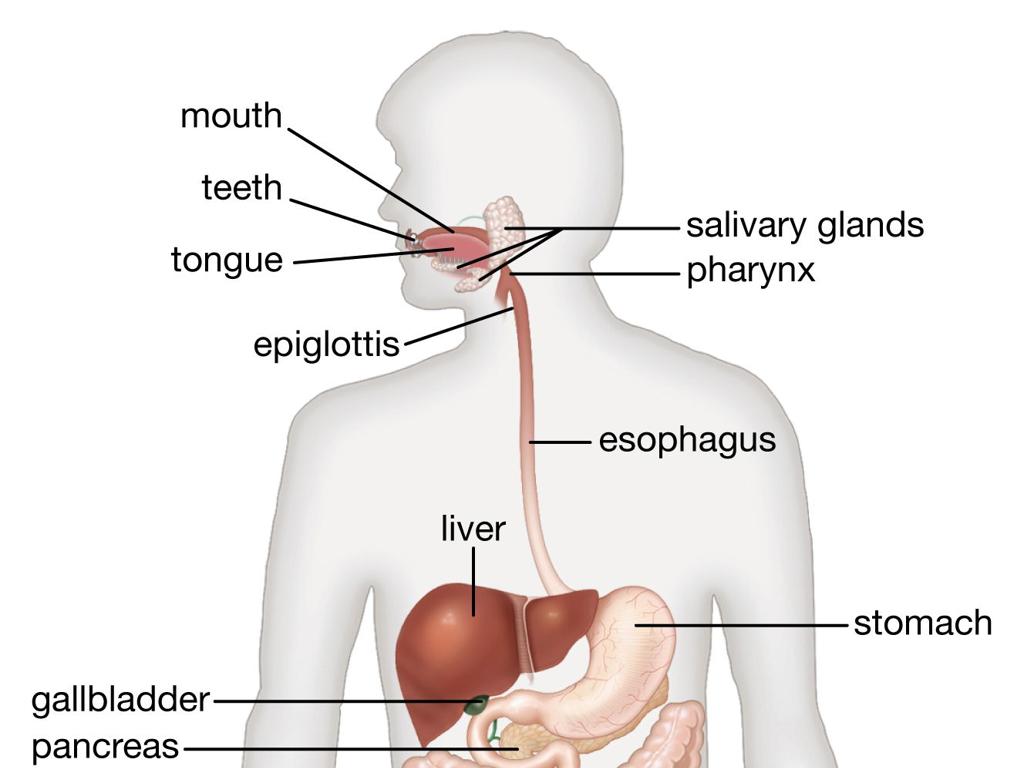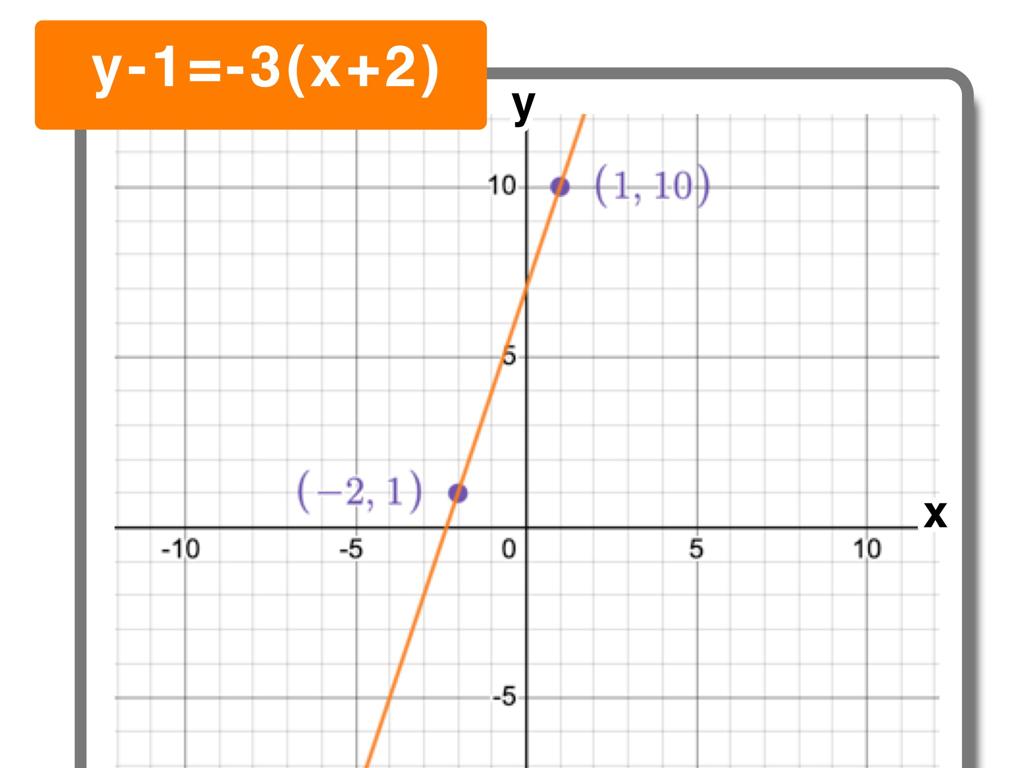Find The Short I Word
Subject: Language arts
Grade: Pre-k
Topic: Short I
Please LOG IN to download the presentation. Access is available to registered users only.
View More Content
Welcome to Short ‘i’ Sounds!
– Learn about the short ‘i’ sound
– ‘i’ as in ‘fish’, ‘pig’, ‘pin’
– Examples: ‘sit’, ‘hit’, ‘lip’
– Find words with the short ‘i’
– We’ll search for short ‘i’ words together
– Fun activities with short ‘i’
– Games and songs using short ‘i’ words
|
This slide introduces the short ‘i’ sound to Pre-K students, which is a fundamental concept in phonics. Start by explaining the sound and providing clear examples like ‘fish’, ‘pig’, and ‘pin’. Engage the students by asking them to repeat the sound after you. Then, move on to a fun activity where students find and say words that contain the short ‘i’ sound. Incorporate interactive games or songs that include short ‘i’ words to reinforce learning. The goal is to make the identification of the short ‘i’ sound enjoyable and memorable.
Exploring the Short ‘i’ Sound
– What is the short ‘i’ sound?
– It’s a vowel sound found in many words.
– How to make the short ‘i’ sound
– Mouth slightly open, tongue low in the mouth.
– Practice saying the short ‘i’
– Let’s say it together: ‘ih’ like in ‘sit’ or ‘hit’.
|
This slide introduces the concept of the short ‘i’ sound to Pre-K students. Start by explaining that the short ‘i’ sound is one of the vowel sounds they will hear in many words. Demonstrate how to make the sound by keeping the mouth slightly open and the tongue low. Practice the sound as a class by saying it out loud together. Use words that they are familiar with, such as ‘sit’ or ‘hit’, to help them recognize the sound. Encourage the students to mimic the sound after you and give positive feedback as they try. This will help them become more comfortable with the sound and recognize it when they hear or say it.
Finding the Short ‘i’ Sound
– The short ‘i’ sound is common
– Look and listen to example words
– Pictures help us match sounds to words
– ‘Sit’, ‘hit’, ‘lip’ have short ‘i’
– These words show the short ‘i’ sound
– Can you hear the short ‘i’ sound?
– Listen carefully to hear the ‘i’ in different words
|
This slide is aimed at helping Pre-k students identify the short ‘i’ sound in words. Start by explaining that the short ‘i’ sound is a common vowel sound in English. Use visual aids like pictures to help students connect the sound to the words. Pronounce the example words ‘sit’, ‘hit’, and ‘lip’ clearly, emphasizing the short ‘i’ sound. Ask the students to repeat after you and listen for the short ‘i’ sound. Encourage them to practice with different words and to listen for this sound when they are reading or speaking. This activity will enhance their phonemic awareness and help them in reading and pronunciation.
Practice Time: Writing Short ‘i’ Words
– We’ll write short ‘i’ words together
– I write on the board, you write in your notebook
– Say each word aloud to hear the short ‘i’
– Words like ‘sit’, ‘lip’, ‘win’, say them loud
– Listen for the ‘ih’ sound in each word
– The ‘ih’ sound is like in ‘fish’ or ‘ship’
|
This slide is for a class activity focused on practicing the pronunciation and writing of short ‘i’ words. As the teacher, you will write words on the board one at a time, and students will copy them into their notebooks. Encourage the students to pronounce each word after you, emphasizing the short ‘i’ sound, which sounds like ‘ih’. This auditory reinforcement helps them associate the sound with the letter and the written word. Possible words to practice could include ‘sit’, ‘lip’, ‘win’, ‘fish’, ‘ship’, ‘hit’, and ‘kit’. Make sure to walk around the classroom to assist any students who may be struggling with writing or pronunciation.
Short ‘i’ Word Hunt Game
– Let’s play a game to find words
– Look at pictures for short ‘i’ sound
– Listen for the ‘ih’ sound like in ‘fish’
– Choose pictures with short ‘i’ sound
– Is it ‘fish’ or ‘dog’? Which has the short ‘i’?
– Place correct pictures on ‘Short ‘i’ Island’
– We’ll make a fun island with our ‘ih’ sound pictures
|
This interactive game is designed to help Pre-k students recognize the short ‘i’ sound in words. Show the children a variety of pictures and ask them to identify which ones contain the short ‘i’ sound. For example, a picture of a fish would be correct, while a picture of a dog would not. When a student selects a picture with the short ‘i’ sound, such as ‘fish’, ‘sit’, or ‘lip’, they can place it on a designated area on the board called ‘Short ‘i’ Island’. This visual and participatory activity will help reinforce their understanding of the short ‘i’ sound in a fun and engaging way. Make sure to have a diverse set of pictures and encourage every child to participate.
Class Activity: Short ‘i’ Bingo
– Let’s play Bingo with short ‘i’ words!
– Receive your Bingo card with words and pictures
– Cards have both pictures and words to help identify
– Cover a short ‘i’ word when you hear or see it
– Words like ‘sit’, ‘lip’, ‘win’ have the short ‘i’ sound
– First to get a full row wins a prize!
|
This activity is designed to help Pre-k students recognize and differentiate the short ‘i’ sound in words. Distribute the Bingo cards, ensuring each student has one. The cards should have a mix of words with the short ‘i’ sound and other distractor words. As you call out words or show pictures, students will look for the corresponding word on their card and cover it. Monitor the students as they play to ensure they are correctly identifying the short ‘i’ words. Offer assistance as needed. Celebrate the winners and encourage the class by acknowledging their effort in learning the short ‘i’ sound.
Great Work with Short ‘i’ Words!
– Celebrate finding short ‘i’ words
– Share a new short ‘i’ word
– Can you think of a word like ‘sit’ or ‘lip’?
– Listen for the ‘i’ sound in words
– It sounds like ‘ih’ as in ‘fish’ or ‘wish’
– Practice makes perfect
|
This slide is meant to conclude the lesson on short ‘i’ words. Start by praising the students for their efforts during the class. Encourage them to share any new words they’ve learned that include the short ‘i’ sound. This reinforces their learning and allows them to learn from each other. Remind them to keep an ear out for this sound in everyday conversations and while reading, as it will help them recognize and remember the sound pattern. Finally, emphasize the importance of practice in mastering the short ‘i’ sound, and consider providing some take-home materials or activities for additional practice.





